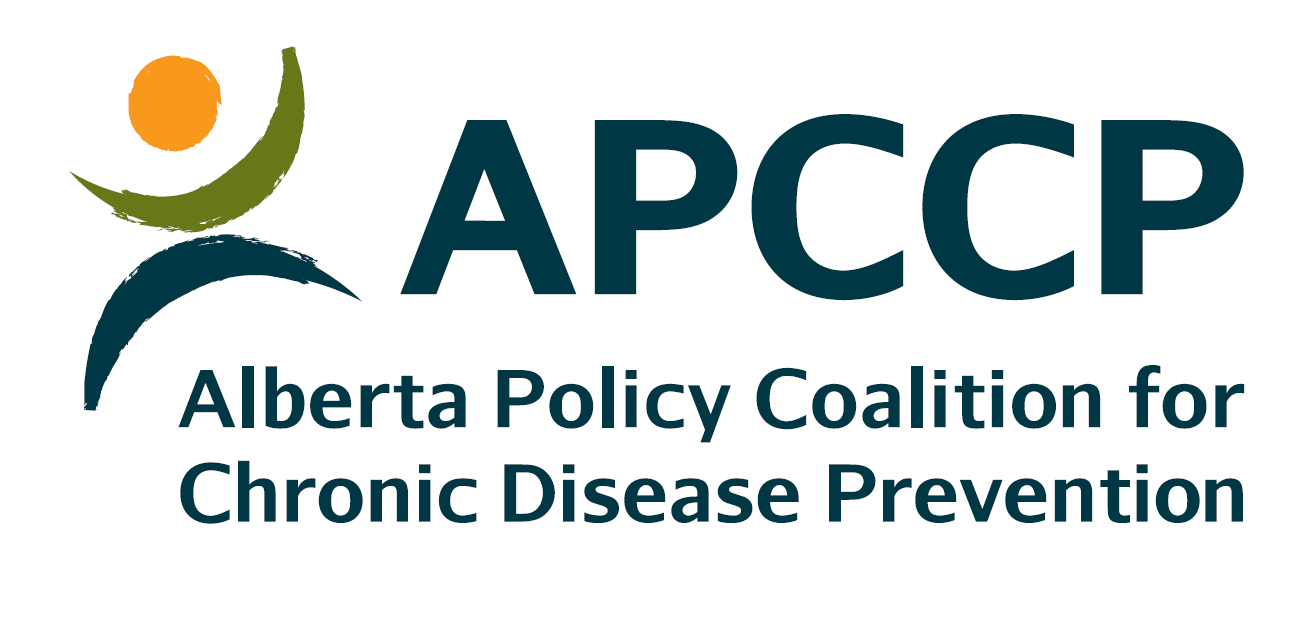Learning Objective 3:
Consider best practices when developing recommendations
Here is a list of considerations for creating community-specific recommendations from previous communities.
Considerations:
- Think about what is feasible and achievable for your community. To create practical recommendations, discuss the following factors, as well as other barriers or facilitators for providing and promoting healthy environments in your community:
- The size of your community
- Your local government’s and decision-makers’ priorities for child-relevant settings
- The resources that you have access to. This includes human resources (e.g. do you have people to support the implementation of each recommendation?), financial resources, and other structural resources (e.g. do you have the necessary equipment or facilities to support the recommendations?).
- The history of healthy eating initiatives in your community. For example, what is currently being done in this area and what has been done in the past? What worked well (see indictors that scored ‘green’), and what didn’t work well?
- What programs and services already exist? How do we build on them or leverage their connections to make changes? For example
- Increase frequency of fruit & veg programs in schools to daily (if provided less frequently)
- Increasing the number of healthy options in existing school breakfast, lunch, and/or snack programs.
- Using community gardens to grow fruit & veg for schools and childcares.
- Explore the potential for collaboration between local food producers/retail/wholesale outlets, the local food banks, and schools to promote sharing of fresh produce and supporting school food programs.
One of the examples that came up is that our community is really long and skinny. And everything is located in one area. So, you know, the schools are all located next to each other and they’re all located [close] to the downtown. So, in terms of like whether unhealthy food is within so many meters… like it’s—right now, not something that they can do much about.
So, if you have the wrong person working in the rec centre, it won’t work. But we knew—like when we think of the things we did do, or start to tackle this year… the lady who has the contract to provide the canteen at the arena is quite interested in healthy foods and has good cooking skills, so it became something we knew we could probably tackle, I guess.
- Small actions can lead to big changes. Include ‘quick wins’ in your recommendations to build momentum for bigger changes. This is particularly important for settings that are resistant to change. For example, have the cafeteria swap white bread for whole wheat for sandwiches, or start with introducing some healthy options. Continue to add more action to build on successes.
The school principal made the vending contractor change the food in the vending machine. She was like, ‘if you want to keep the machine in our school, you have to change these items to healthier options to meet our school district policy.’ So, the vending contractor grudgingly did change things out. And he’s like, ‘well milk isn’t going to sell, so I don’t know why you want me to put milk in there.’ And I said, ‘it will sell if you don’t price it at $4 and leave the pop at $2.’ And since that conversation I’ve actually spoken with the school principal, and she said, ‘that milk, you can’t keep it stocked, it’s always moving.’ So, I’m smiling inside cause we’ve proven the vending contractor wrong… so, he is a little bit grudgingly moving towards healthier options. But it’s going to take some time and really careful negotiations. He is at least open to talk and will actually meet with me so that’s a plus.
- Use the process of reviewing recommendations to build awareness of the project and gain commitment for actions to create healthier local food environments. For example, the review meetings can be an opportunity for networking and sharing best practices. New partnerships, for example between the schools and rec centres, could help reduce barriers to providing and promoting healthy options.
And… it was nice to have the different perspectives around the table because sometimes you may think like, ‘no that’s not possible,’ and then it’s like, ‘well actually, you know, we have this group that maybe you haven’t heard of, that are working towards this.’ So, being able to all kind of bring those different perspectives and like abilities based on where we exist in the community.
And then the people that were in the room really helped… like sort of spark some of those recommendations because in say, for example, the one about the high availability of healthy food, talking about the foodbank, people were there from those organizations. So, it kind of makes you think like, ‘oh yeah, why couldn’t we partner with them to talk a little bit more about this?’… So, I think having the right people involved is important.
- If you don’t have representative stakeholders from each setting of interest, consider reaching out to them! Taking an inclusive approach can help create relevant and feasible recommendations and build buy in for changes.
- If representatives from a certain setting are unable to attend the recommendation meetings, consider offering different ways to participate. For example, you could connect with them separately to get their input or could send them the Community Nutrition Report Card and work complete to-date for their review and response via email.
- Consider the framing of your recommendations and the language that you use. Avoid shaming or blaming specific settings or locations. Instead, use supportive terms that stress the need for community partnerships and focus on building on existing community strengths.
- Think about how representative stakeholders from different settings will perceive the recommendations and what will they are willing or able to achieve.
We tried to create recommendations that are doable, as well as consider where our other stakeholders are at and how they might perceive the recommendations. And another thing that was helpful was knowing what’s down the pipes for schools— for example, knowing that they’re getting the school nutrition program. We tried to think about where we could affect people, and also where the highest number of people are, I call it, going to the light. So, are there people that are going to want to take this on? And can this be a success? Or is this something that we kind of work at over time and hopefully end up with a new norm, right?
I think often times when I’m working with schools, and we’re trying to support healthy eating, I always feel like I have to be really careful and sensitive with the language that I use and really just try to be—look at what they’re doing and praise them for the positive, but then just sort of sneak in some suggestions just to improve it.
I did fear making settings look too unhealthy. Because if it came out looking that way… I’m just not sure if they would continue to want to work with us. Because if the high school felt that they were serving healthy food, and I said, ‘I don’t think you are—this is what we found,’ then the high school… they might be defensive.



